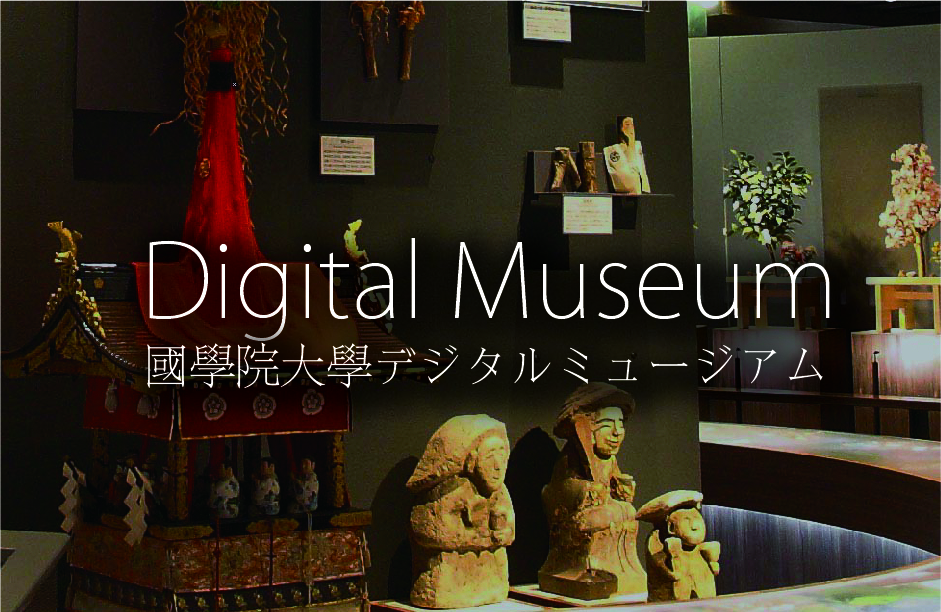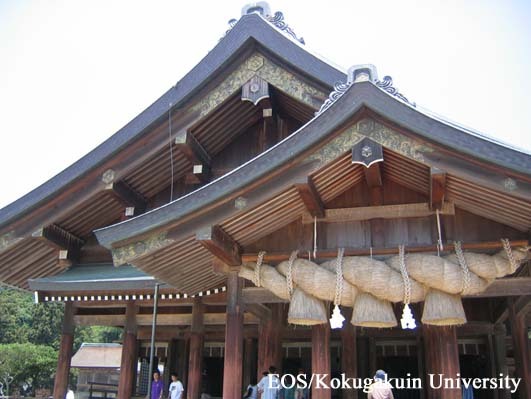- トップ
- Encyclopedia of Shinto
- Shimenawa
Encyclopedia of Shinto
| Main Menu: | |
| Links: |
詳細表示 (Complete Article)
| カテゴリー1: | 4. Jinja (Shrines) |
|---|---|
| カテゴリー2: | Ritual Implements and Vestments |
| Title | Shimenawa |
| Text | A straw rope hung before or around a site to demarcate sacred or pure space, such as in front of the inner sanctuary of a shrine, at the entrance to the shrine precinct, or at the ritual site. Numerous orthographic character combinations are used with the reading shimenawa, including 一五三 ("1-5-3") and 七五三 ("7-5-3"), thought to be based on the number of straw sections used to braid the rope. Other orthographies for the term include 締縄 and 標縄 combinations which transmit the sense of a rope that "restricts" or "marks" something. shimenawa are usually made with a "left-hand" twist, with individual loose stalks of straw hanging from the rope in places. Ritual paper streamers called shide may also be draped from the rope. When shimenawa are hung before a shrine's sanctuary, the rope is normally hung with the thick end to the right. In ancient times shime were used as signs of ownership or exclusive possession and were frequently written with the character 標 to indicate a "marker." In addition to hanging ropes, ownership might also be expressed by a variety of other means, including tying something to one's possession, or sticking a tree branch in the ground. Among these, rope (nawa) was the most commonly used method of marking. The term shimenawa was coined from this fact. — Motosawa Masashi |






